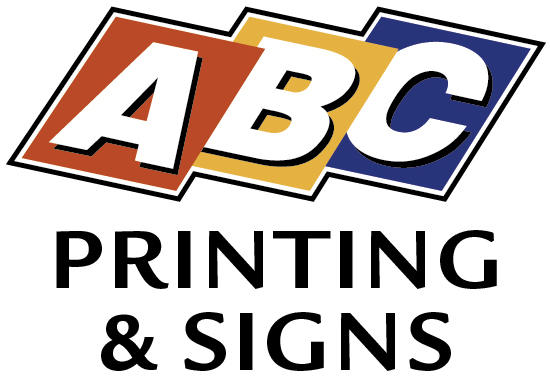RESOLUTION
With all bit-mapped images, the captured digital image is built out of pixels. The amount of pixels used to create the image is known as the image DPI (or Dots Per Inch). Traditionally, images are displayed on a computer screen using a 72-96 dot-per-inch metric (or screen DPI). Printing allows for better image resolution (Printer DPI). Printers can get a resolution of anywhere from 300 to 1200 DPI.
However, printer technology is different than screen technology, and printers differ one from another. As color is created on the page by applying a combination of 4 colors (CMYK) per dot, the actual DPI depends also on the printer technology being used (i.e. Inkjet, Toner, Ink) and the color space. When printing, the printer will take the original image and stretch it over the printer space. In other words, if you have a 72 DPI image and you print it on a 300 DPI printer, an inch will still be an inch — the 72 image DPI will be used to fill in the 300 Printer DPI.
One of the biggest "resolution" challenges arises when an image is used from a web page and incorporated into a layout intended to be printed. Web images are purposely created at a low resolution for quick loading speeds on the internet. As such, they appear good quality on screen but are at a far too low resolution to be used in print. Always source the highest resolution image available for print design. If possible use vector images.
It is always better to start with higher DPI. As a rule of thumb, a 150 DPI image should print fairly well, while a 300 DPI image should look just as good as a traditional photograph. Keep in mind that most people will not be able to tell the difference between 150 DPI and 300 DPI unless they examine the image from close up and are looking for discrepancies.
The image above shows how the same image might appear at different pixel resolutions.


